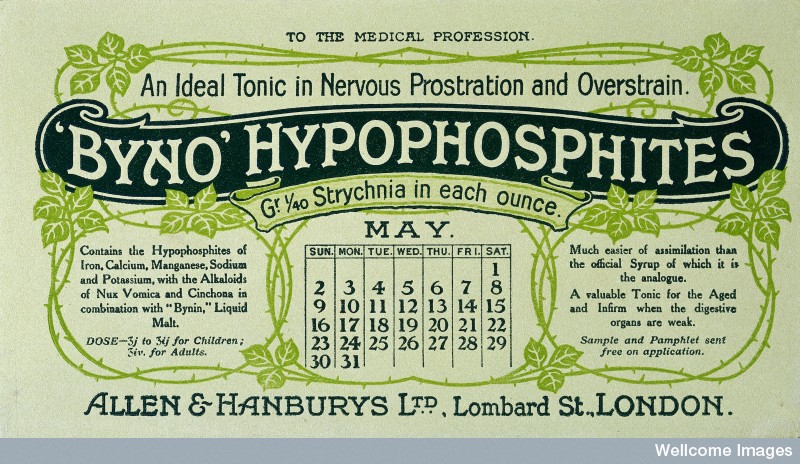Indication
Antacids are the simplest therapy for symptoms of dyspepsia. In small doses, antacids relive pain, but are not a cure for peptic ulcers. Antacids can heal ulcers in large doses, however this is not practical, as large frequent doses which would make compliance difficult, and result in high incidence of adverse effects.
